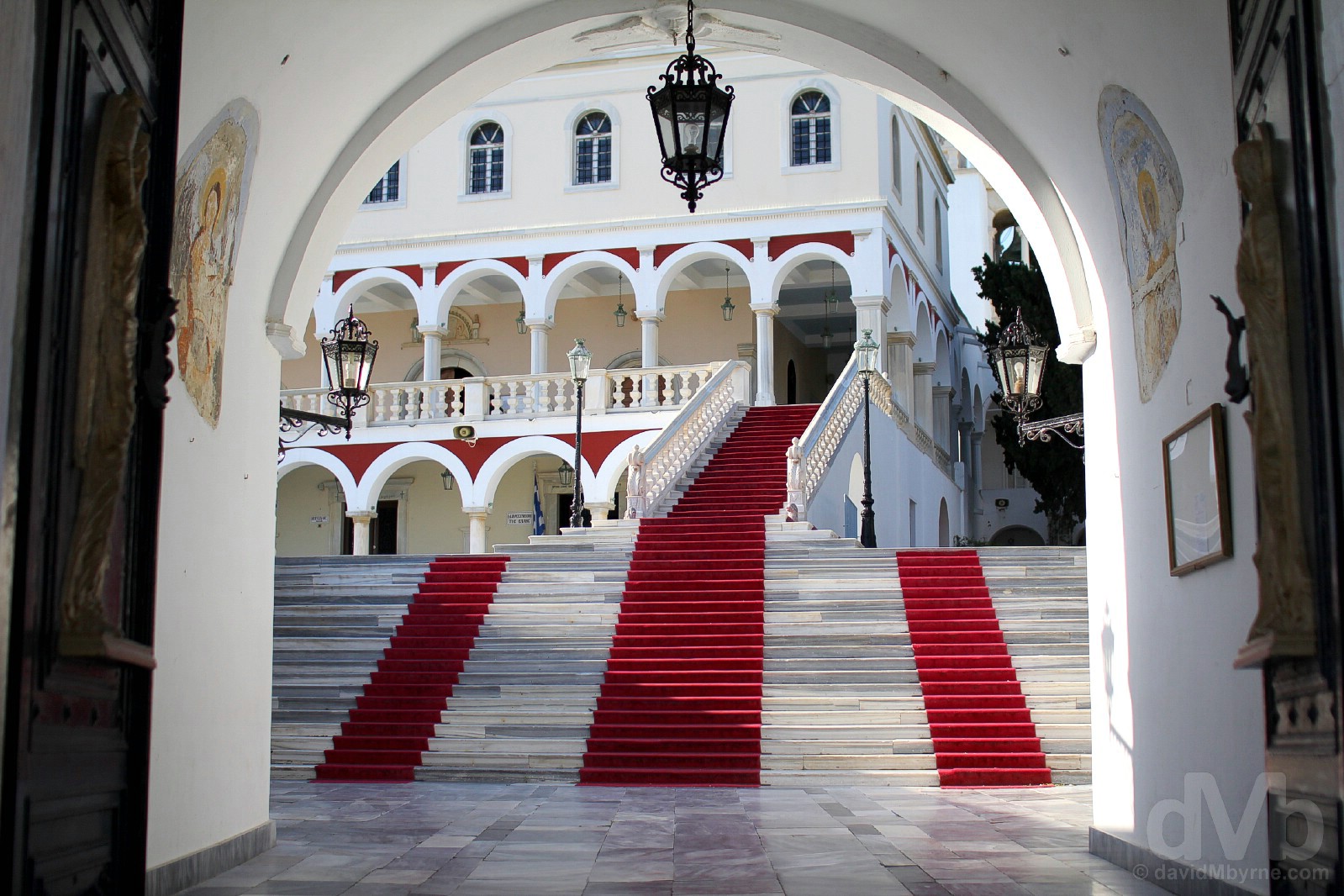Tínos, Greece
“There is more to the Cycladic island of Tínos than the all-encompassing holiness associated with its venerated Church of Virgin Mary/Panagia Evangelistria and its miracle-working icon. But the hulking form of Greece’s major Marian shrine is the only reason I paid the island a visit from nearby Mýkonos meaning that overtly-religious Tínos may just be as adept at drawing tourists as it is pilgrims.”
Image || Church of Virgin Mary/Panagia Evangelistria, Tínos. May 2, 2017.
Tínos, Cyclades, Greece
There is more to the Cycladic island of Tínos than the all-encompassing holiness associated with its venerated Church of Virgin Mary/Panagia Evangelistria and its miracle-working icon. But the hulking form of Greece’s major Marian shrine is the only reason I paid the island a visit from nearby Mýkonos meaning that overtly-religious Tínos may just be as adept at drawing tourists as it is pilgrims.
Church of Virgin Mary/Panagia Evangelistria, Tínos, Cyclades, Greece. May 2, 2017.
dMb Country Overview - Greece
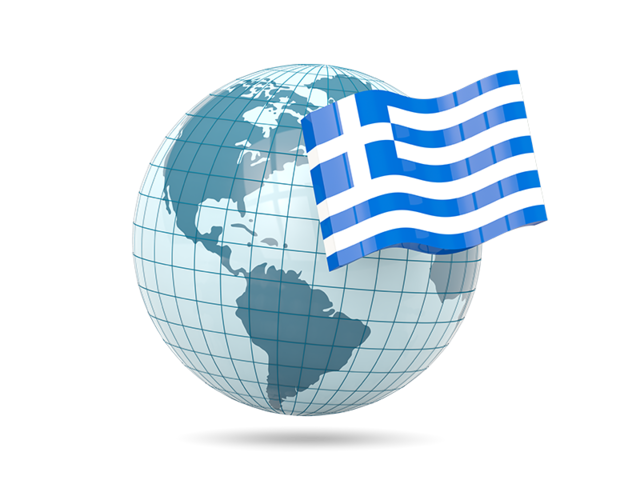 Greece
Greece
Region – Southeastern Europe/The Balkans (dMb tag: The Balkans). Capital – Athens. Population – 10.8 million. Official Language – Greek. Currency – Euro (€) GDP (nominal) per capita – US$21,000 Political System – Unitary parliamentary republic. EU Member? – Yes (10th member joined January 1981). UN Member? – Yes (founding member joined October 1945). G20 Member? – No. Size – 132,000 km² (Europe’s 15th largest country is approximately half the size of Ecuador, twice the size of Sri Lanka, and roughly the same size as the US southern states of Alabama and Louisiana. Topography – A mountainous interior (80% of Greece is mountainous), a long and convoluted coastline, and hundreds of offshore islands. Independence – 1830 from the Ottoman Empire following 1821 to 1830 Greek War of Independence. Brief History – From the eighth century BC, the Greeks were organised into various independent city-states, known as poleis (singular polis), which spanned the entire Mediterranean region and the Black Sea. Philip of Macedon united most of the Greek mainland in the fourth century BC, with his son Alexander the Great rapidly conquering much of the ancient world, from the eastern Mediterranean to India. Greece was annexed by Rome in the second century BC, becoming an integral part of the Roman Empire and its successor, the Byzantine Empire, which adopted the Greek language and culture. The Greek Orthodox Church, which emerged in the first century AD, helped shape modern Greek identity and transmitted Greek traditions to the wider Orthodox World. After falling under Ottoman dominion in the mid-15th century, Greece emerged as a modern nation state in 1830 following a war of independence. UNESCO World Heritage sites – 18. Tourism Catchphrase/Slogan – All Time Classic. Famous For – Endless coastline and beaches; shipping; democracy (born here); a classical and hallowed past; ouzo; sun-drenched islands; Alexander the Great; the Olympics; being the cradle of Western civilisation; food (tzatziki, feta, souvlaki, moussakas, yogurt, grapes, olives and olive oil); economic collapse & austerity.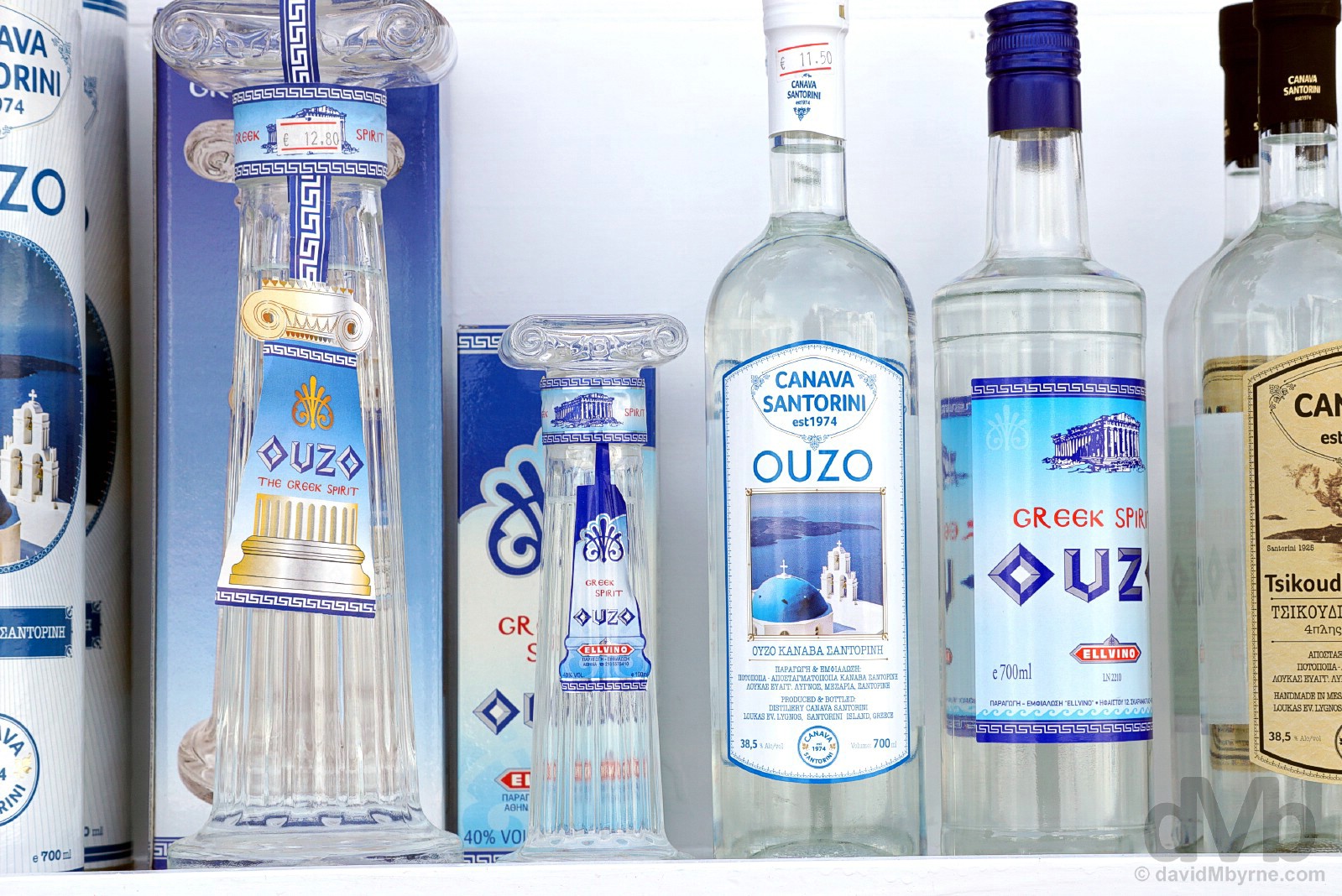
Ouzo for sale in the village of Oia, Santoríni, Cyclades, Greece.

Ouzo for sale in the village of Oia, Santoríni, Cyclades, Greece.
Highlights – Cyclades island-hopping and the remnants of all that ancient history (Greece boasts four millennia of sun-bleached ruins, artefacts, and architecture). Greece Titbits – At nearly 14,000 km (8,500 miles), Greece has the 11th longest coastline in the world; Greece is considered the cradle of Western civilisation, being the birthplace of democracy, Western philosophy, Western literature, historiography, political science, major scientific and mathematical principles, Western drama, and the Olympic Games (the country’s rich historical legacy is reflected in part by its 18 UNESCO World Heritage Sites, as of 2017); the Greek economy is the largest in the region with an economy larger than all other Balkan countries combined, this despite its well-documented economic battering and subsequent austerity measures.
Visits – 2 (May 2008 and April/May 2017). Where I Went/What I Saw – Thessaloniki; The Cyclades (Santoríni, Paros, Mykonos, Delos, Tinos); Zakynthos/Zante; Olympia; Sparta; Mystras; Athens.
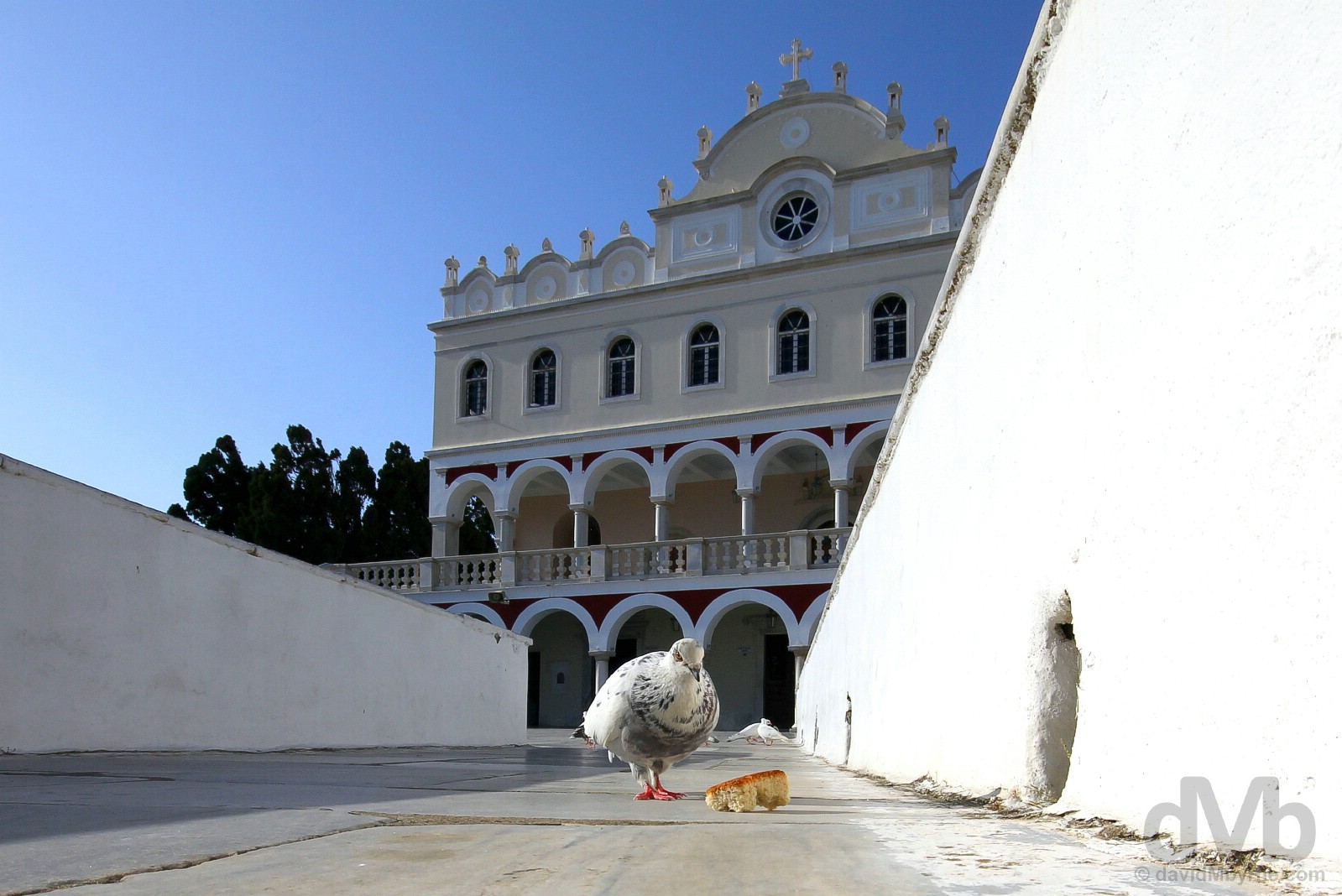
ISLAND OF DOVECOTES | A dove in the courtyard of the Church of Virgin Mary/Panagia Evangelistria, Tínos, Cyclades, Greece. May 2, 2017.
I first thought they were pigeons, but seemingly they are doves. And there is a lot of them hanging around the large courtyard fronting the Church of Virgin Mary/Panagia Evangelistria. A bit of research explained why – Tínos is (also) called the ‘Island of Dovecotes’ after the houses (over 1,000 in total) that were built all over the island for the doves that people used to raise for food. These days it’s the people who feed the birds as oppoed to the other way around.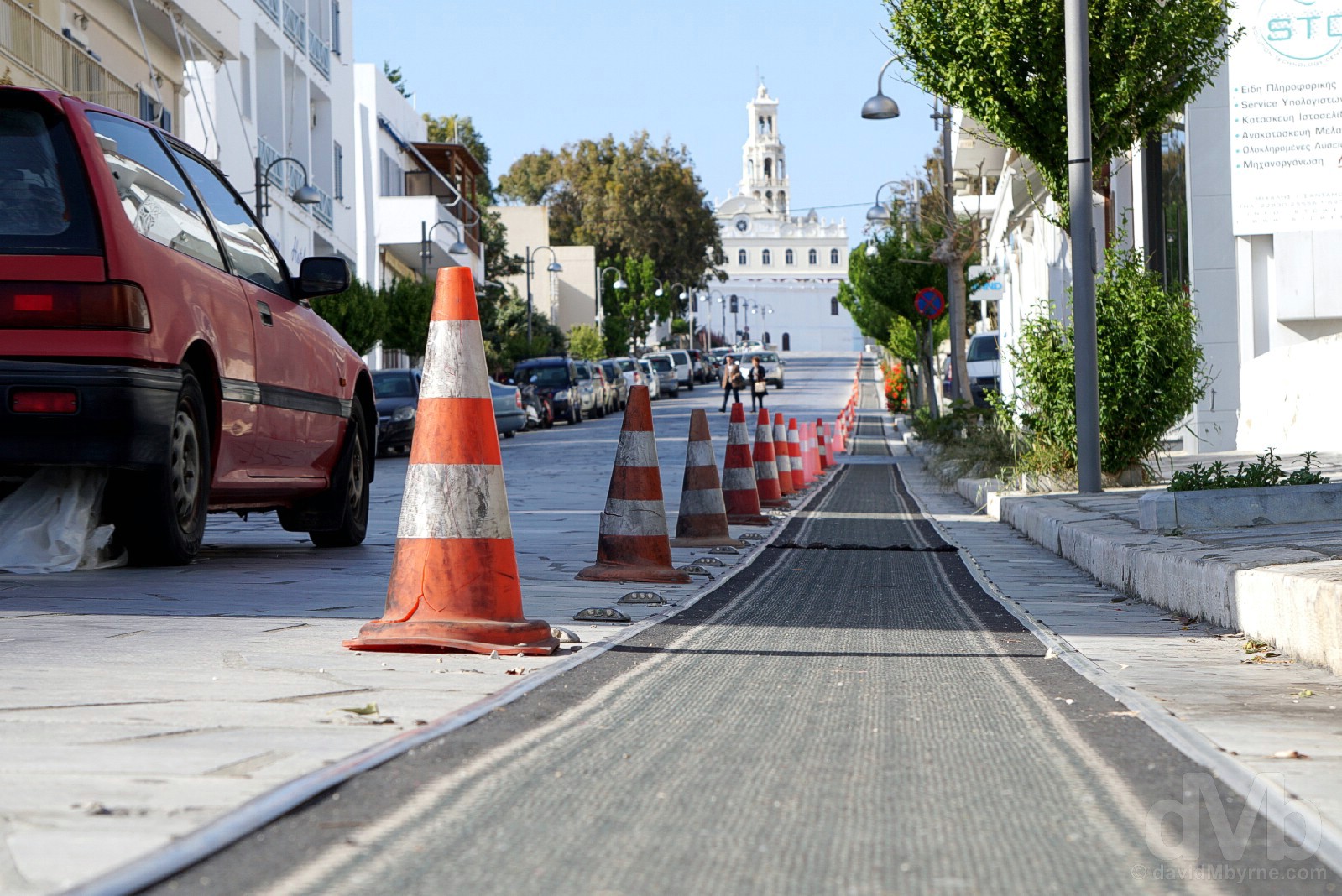
DEVOTEES CRAWL | The pilgrim trail on Leof. Megalocharis from the Port of Tínos towards the Church of Virgin Mary/Panagia Evangelistria, Tínos, Cyclades, Greece. May 2, 2017.
It’s a true pilgrim’s sign of ardent devotion, crawling the 800 metres or so from the ferry wharf in Tínos Port to the entrance to the scared church to kiss the miraculous icon. It’s uphill the whole way, the burden on the joints eased somewhat by the provision of a carpet-covered crawl space on a section of the town’s Leof. Megalocharis connecting the port with the church.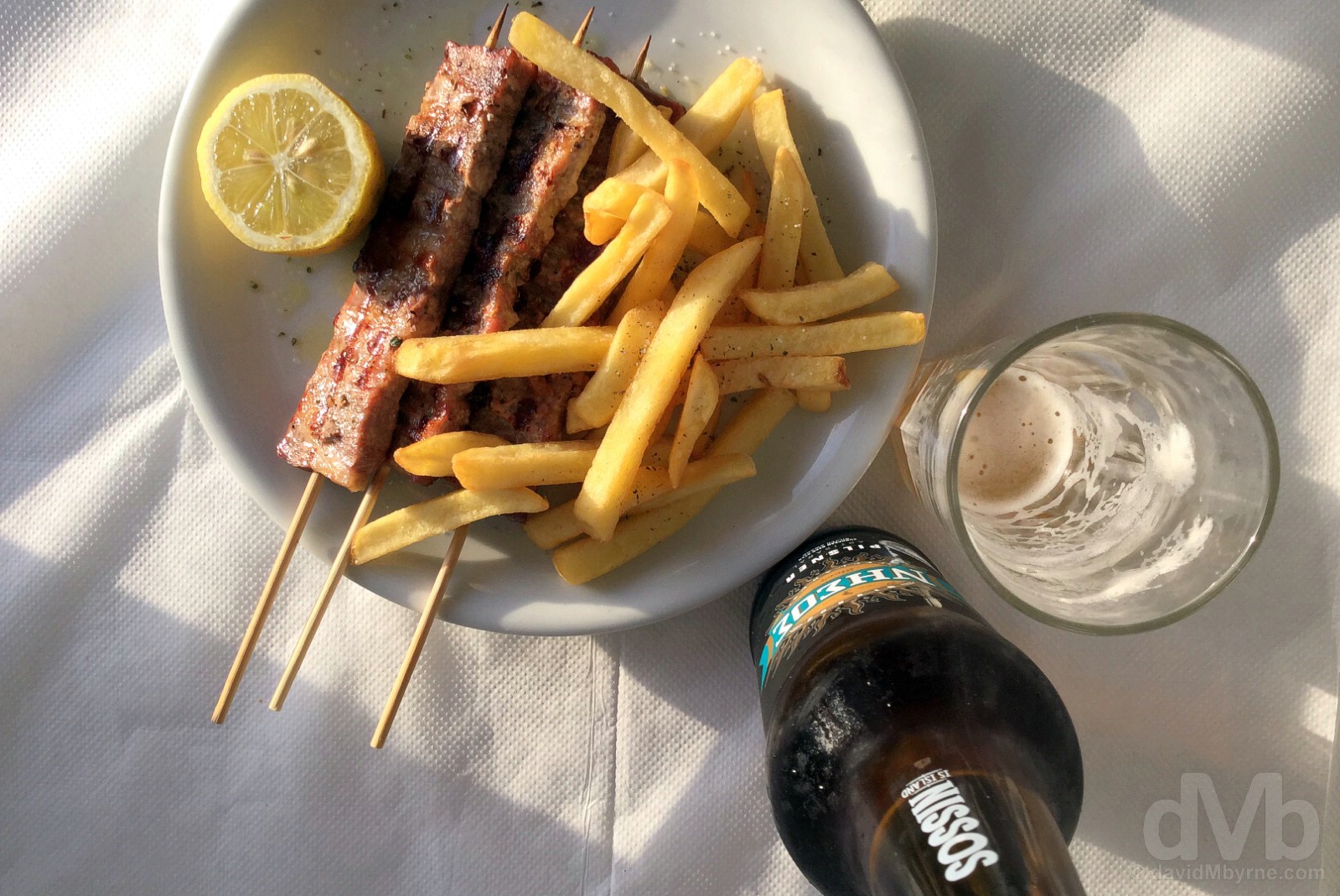
Waiting for the ferry back to Mýkonos after the pilgrimage to Church of Virgin Mary/Panagia Evangelistria. Souvlaki and locally brewed Nissos Beer in a portside cafe in Tínos, Cyclades, Greece. May 2, 2017.
Signing Off | The Complete Tínos Gallery


